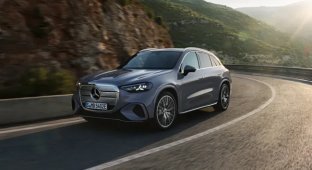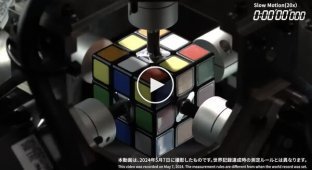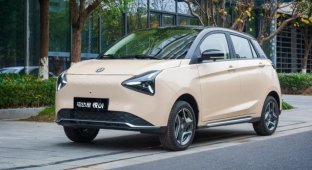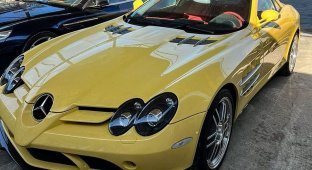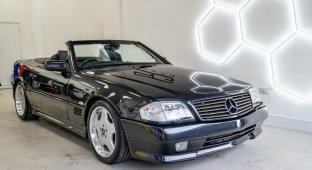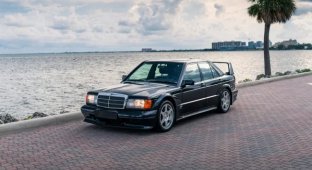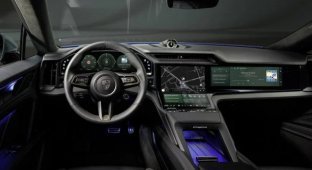The EQS wasn't an accident Unattractive, but Mercedes thinks it now understands better (3 photos)
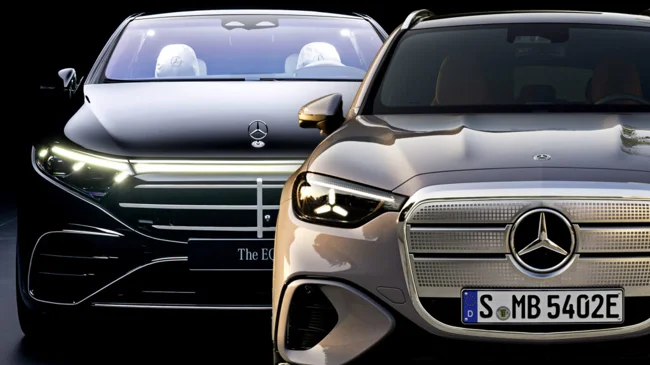
Mercedes’ new strategy for electric cars
Mercedes-Benz is changing the way it designs its electric models. Previously, the brand believed that electric cars had to look different from combustion engine cars in order to attract early adopters of the technology. However, the strategy is now changing: future electric models, such as the C-Class, will look almost identical to conventional cars.
The evolution of electric model design
At the beginning of the development of electric cars, customers wanted their vehicles to look unique and different from traditional ones. This led to models like the EQS, EQC and EQE, which had a radically different design compared to their petrol-powered counterparts, such as the GLC or E-Class.
Early adopters wanted to be different. They wanted to show off that they were driving an electric car, but now we are entering the mass adoption period and customers don’t want to show off that they are driving an electric car. They want the same shape, regardless of the type of drive.
Criticism of the previous design
Chief designer Gorden Wagener defended the so-called “jelly” or “egg-shaped” style as purposeful and progressive. However, he also admitted that the car “was introduced ten years too early” and the marketing approach did not contribute to its success.
Moving to the mass market
Now that early adopters have switched to electric cars, Mercedes is focusing on mass buyers who prefer models that don’t stand out from the crowd. For example, the all-electric GLC, which replaces the slow-selling EQC, looks very similar to its combustion-engine version. 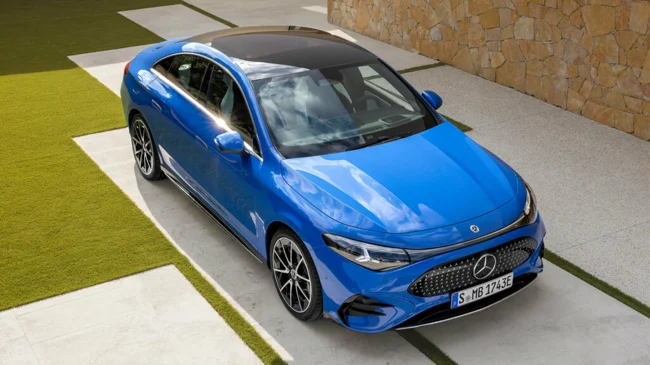
Separate platforms for different drive types
Despite the same exterior, Mercedes-Benz continues to use separate platforms for electric and conventional models. The company believes that trying to combine different drive types on one platform leads to compromises, such as reduced battery space and reduced range.
In the future, the upper body will be the same. The MB.UX system will also be the same, but the platform is different. Why do we do this? You end up making compromises when you try to fit different drive types into one platform.
Future models and technologies
The upcoming electric version of the C-Class, which will be built on the MB.EA platform, will get 800-volt technology and a 94 kWh battery. This model is expected to be introduced in 2026 as Mercedes’ answer to the new BMW i3.
Mercedes’ change in design strategy reflects a broader trend in the automotive industry, where electric cars are gradually becoming an integral part of the mainstream market, rather than a niche product for a limited audience. It could also help lower barriers for buyers who were previously hesitant because of the unusual look of electric models. However, the use of separate platforms remains an important aspect, as it avoids technical compromises and ensures optimal performance for each drive type.












